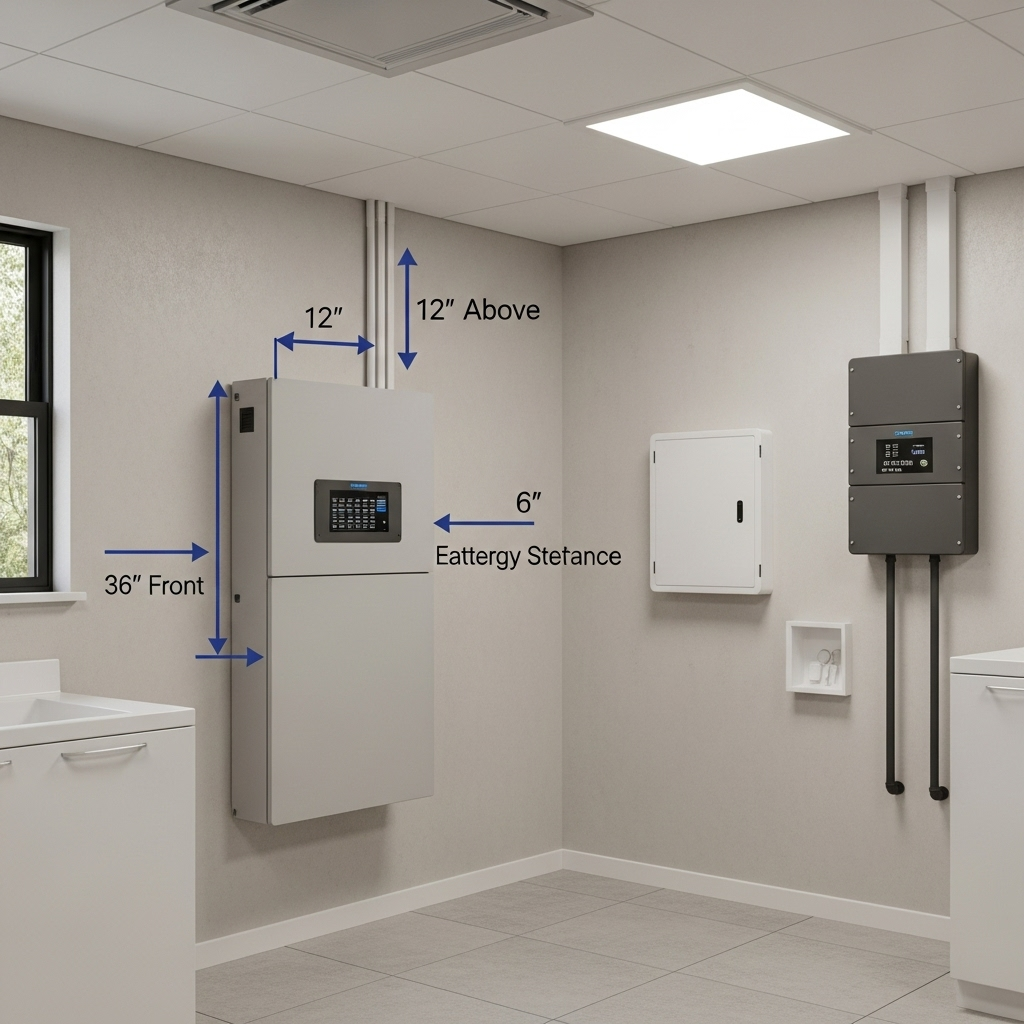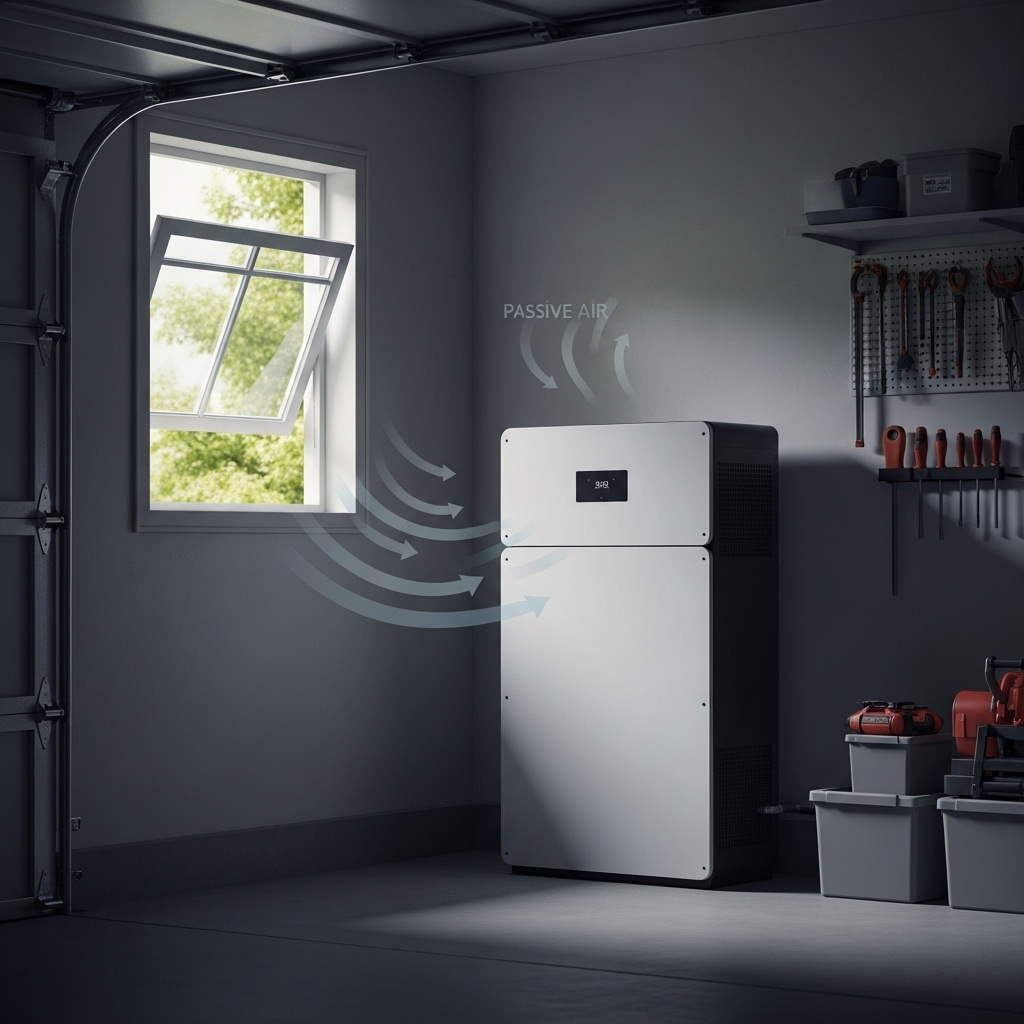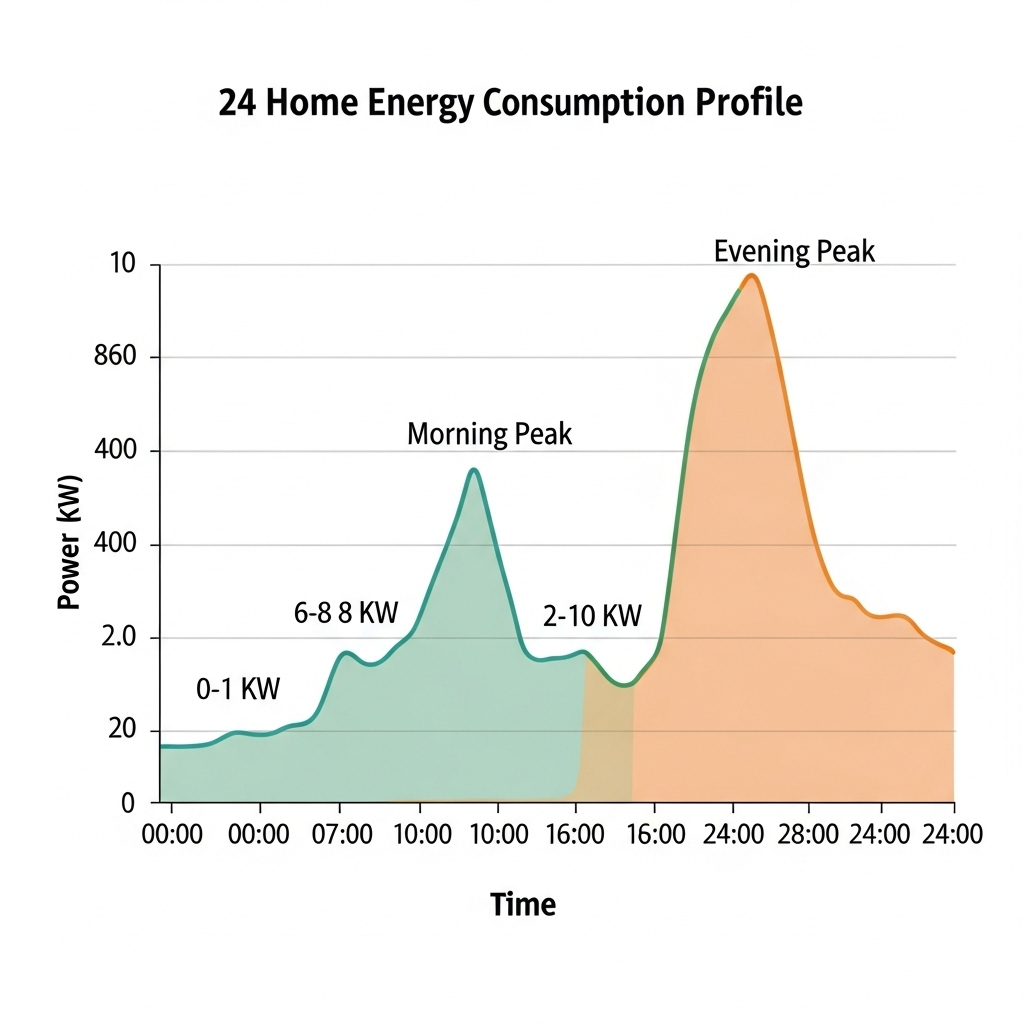Installing a battery energy storage system is a significant step toward energy independence. To ensure your system operates safely and efficiently, proper installation is paramount. This involves more than just connecting wires; it requires careful attention to ventilation and clearance. Adhering to established codes for battery cabinets protects your investment, ensures safety, and maximizes performance by preventing thermal issues before they start.
Why Ventilation and Clearance Are Critical for Battery Safety
Understanding the reasons behind these rules helps reinforce their importance. Thermal management and safety codes are the foundation of a reliable energy storage system.
The Science of Thermal Management
Batteries naturally generate heat during charging and discharging cycles. Without a clear path for this heat to dissipate, temperatures can rise to dangerous levels. Excessive heat reduces battery efficiency, shortens its lifespan, and in worst-case scenarios, can lead to a hazardous condition known as thermal runaway. Proper ventilation for battery cabinets is the primary defense, ensuring a constant flow of air to carry heat away and maintain the cells within their optimal temperature range.
The Role of Codes and Standards
Standards from organizations like the National Fire Protection Association (NFPA) and Underwriters Laboratories (UL) provide a framework for safe installations. For example, NFPA 855, Standard for the Installation of Stationary Energy Storage Systems, offers comprehensive criteria for the safe installation of these systems. Similarly, systems tested to UL 9540 standards have been rigorously evaluated for safety, covering electrical, fire, and mechanical aspects. These codes are not suggestions; they are enforceable regulations designed to prevent accidents and ensure your system operates as intended.
The Essential Battery Cabinet Clearance Checklist
Clearance refers to the empty space you must maintain around the battery cabinet. This space allows for adequate airflow, safe maintenance access, and separation from potential hazards. Always consult your manufacturer’s installation manual first, as its requirements may exceed these general guidelines.
Spacings and Access Panels
Sufficient space around the unit is non-negotiable. According to NFPA 855, individual energy storage system units should generally be separated by at least three feet, unless the manufacturer has conducted large-scale fire testing (part of UL 9540A) to prove a smaller distance is safe. This prevents a fault in one unit from spreading to another. Additionally, maintaining clear access to front and rear panels is crucial for inspections, maintenance, and emergency shutdowns.
| Location | Recommended Minimum Clearance | Reason |
|---|---|---|
| Above the Cabinet | 12 inches (30 cm) | Allows heat to rise and dissipate naturally. |
| Front of the Cabinet | 36 inches (91 cm) | Provides safe working space for technicians and first responders. |
| Sides of the Cabinet | 6 inches (15 cm) | Facilitates airflow and prevents heat buildup between units or walls. |
| Between Multiple Units | 36 inches (91 cm) | Prevents fire propagation between units, per NFPA 855 guidelines. |
Proximity to Other Equipment
Location is a key safety factor. Battery cabinets should never be installed near heat-producing appliances like furnaces, water heaters, or clothes dryers. They must also be kept away from flammable materials, such as gasoline, paint thinners, or propane tanks. Following these rules minimizes external fire risks that could compromise the battery system.
Navigating Ventilation Code Requirements
Ventilation requirements ensure that heat and any potential off-gassing are managed effectively. The specific needs can vary based on the battery chemistry and the installation environment.
Understanding Airflow and Ventilation Types
The National Electrical Code (NEC) provides guidance on ventilation. According to an analysis of NEC Article 706, the code often defers to the battery manufacturer's instructions, as different technologies have different needs. For modern, sealed lithium iron phosphate (LiFePO4) batteries, the primary goal is thermal management, not venting hazardous gases. Ventilation can be passive (using vents to allow natural air circulation) or active (using fans to force air exchange). Active systems are typically required in smaller, enclosed spaces or areas with high ambient temperatures to ensure the battery operates within its specified temperature range.
Code Deference to Manufacturer Specs
A key takeaway from NEC 706 is its emphasis on following the manufacturer's guidelines. If the installation manual for your UL-listed battery cabinet specifies that it is a sealed unit and only requires clearance for cooling, then extensive mechanical ventilation may not be mandated by the code. However, if the manufacturer requires it, then it becomes a code requirement for your installation. As technologies evolve, so do the regulations. The International Renewable Energy Agency (IRENA) notes in its report on grid codes that technical requirements for systems like battery storage are continuously updated to keep pace with innovation.
Common Installation Pitfalls and How to Avoid Them
A successful installation avoids common mistakes that can compromise safety and performance.
Ignoring Manufacturer Installation Manuals
The single most critical document for your installation is the manufacturer's manual. It contains specific clearance, ventilation, and mounting instructions tailored to your exact unit. Ignoring these instructions can void your warranty and create unsafe conditions.
Overlooking Local Code Amendments
While national codes like the NEC and NFPA 855 provide a baseline, your local Authority Having Jurisdiction (AHJ)—typically the city or county building department—has the final say. Always check for local amendments or specific requirements that may apply in your area before starting an installation.
Obstructing Clearances After Installation
A perfectly compliant installation can become unsafe if the required clearances are not maintained. Avoid the temptation to store boxes, tools, or other items on top of or in front of your battery cabinet. Keeping these zones clear is essential for maintaining proper airflow and ensuring the system's long-term health. Maintaining this environment is crucial, as detailed in the ultimate reference on solar storage performance, which connects operating conditions directly to system efficiency.
Your Path to a Compliant and Safe Installation
Achieving a safe and compliant battery cabinet installation comes down to a systematic approach. By following a detailed checklist covering clearance, ventilation, and code requirements, you establish a foundation for a reliable and long-lasting energy storage system. Always prioritize the manufacturer’s specifications and consult with qualified professionals and your local building authorities. This diligence ensures your system not only performs optimally but also operates safely for years to come.
Frequently Asked Questions
What happens if I don't provide enough clearance for my battery cabinet?
Insufficient clearance can lead to overheating, which reduces the battery's efficiency and lifespan. In severe cases, it can create a fire hazard by preventing heat from dissipating properly, potentially leading to thermal runaway.
Do these rules apply to all types of batteries?
Yes, while specific requirements may vary, all battery technologies require proper thermal management. The core principles of providing adequate clearance for airflow and maintenance access apply universally. However, older battery chemistries like flooded lead-acid have more stringent ventilation requirements due to hydrogen off-gassing, whereas modern sealed LiFePO4 batteries primarily need ventilation for cooling.
Can I install a battery cabinet in a closet or small, unventilated room?
Generally, this is not recommended unless the space is specifically designed for it. NFPA 855 allows for installation in utility closets, but the closet must often be constructed with fire-rated materials like 5/8-inch Type X gypsum board. Furthermore, the space must be large enough to meet all clearance requirements and may require an active ventilation system (e.g., an exhaust fan) to ensure adequate air exchange and prevent heat buildup.





Leave a comment
All comments are moderated before being published.
This site is protected by hCaptcha and the hCaptcha Privacy Policy and Terms of Service apply.